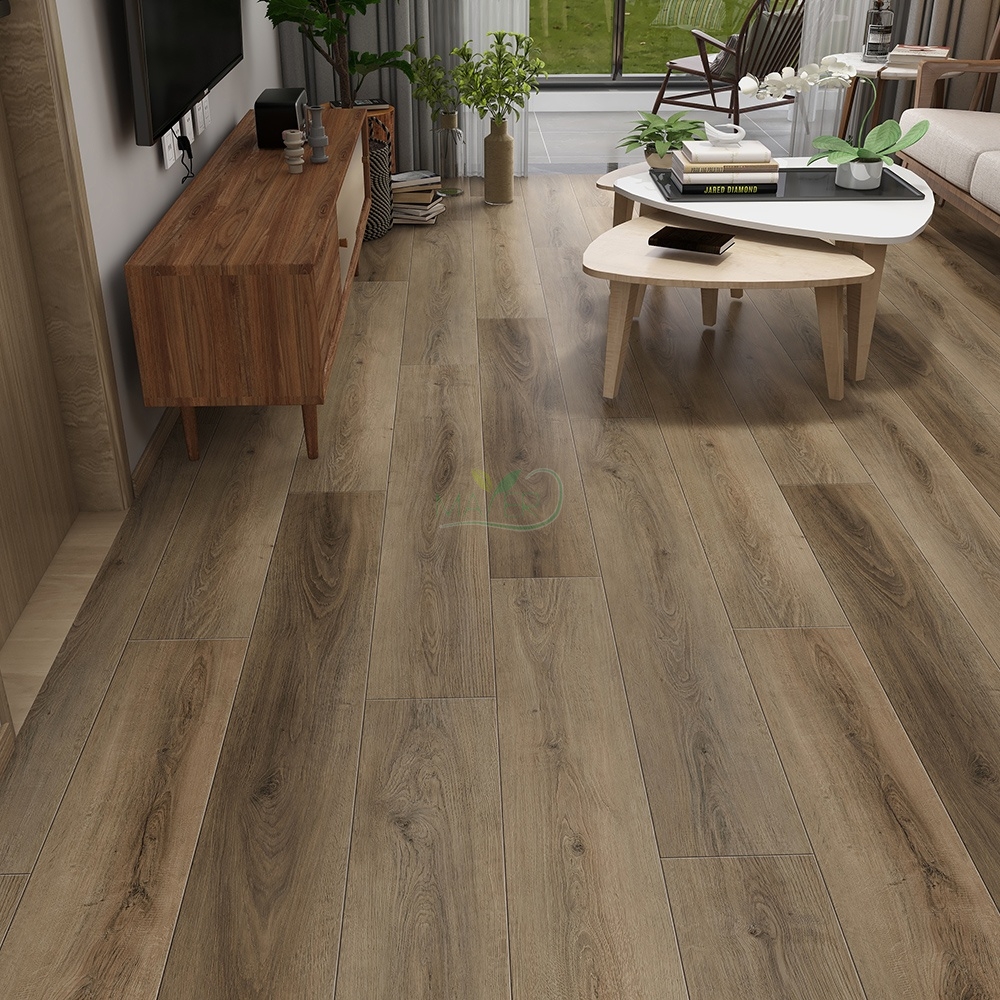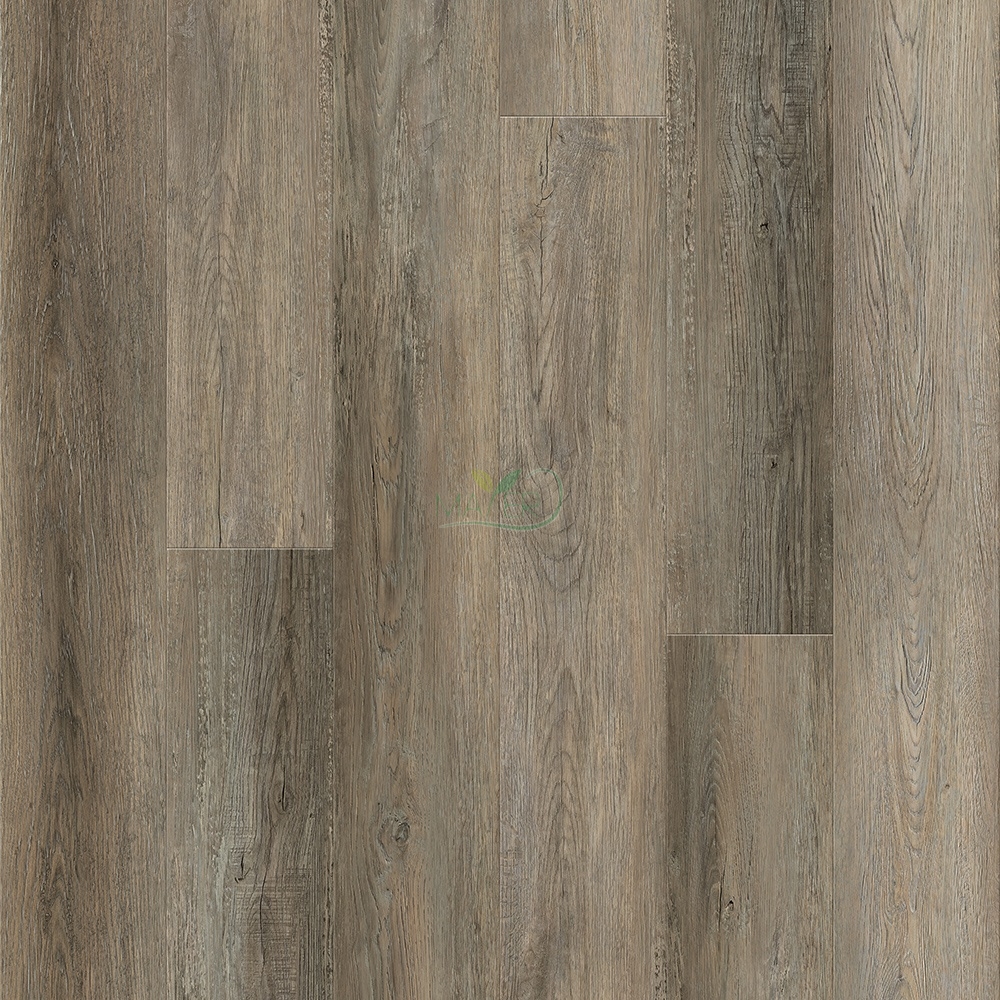In the realm of home improvement projects, DIY (do-it-yourself) installation of flooring has become increasingly popular among homeowners seeking to save money and exert greater control over their renovation endeavors. SPC (Stone Plastic Composite) flooring, known for its durability, water resistance, and ease of installation, has emerged as a top choice for DIY enthusiasts looking to upgrade their living spaces. In this article, we delve into the cost-effectiveness of DIY installation of SPC flooring, examining the financial implications, potential savings, and factors to consider when embarking on such a project.
Understanding DIY Installation
DIY installation of SPC flooring involves laying down planks or tiles without the need for professional assistance. This approach allows homeowners to take control of the installation process, from preparation to completion, and eliminates the expense of hiring contractors or installers. With the availability of online tutorials, instructional videos, and step-by-step guides, DIYers can confidently tackle SPC flooring installation, even with limited experience or expertise.

Cost Comparison
When evaluating the cost-effectiveness of DIY installation of SPC flooring, it's essential to compare the expenses associated with DIY versus hiring professionals. Here's a breakdown of the key cost components:
Material Costs: SPC flooring materials can vary in price depending on factors such as quality, brand, and design. However, whether installed by professionals or DIYers, material costs remain consistent. DIYers have the advantage of selecting materials within their budget and may even find deals or discounts when purchasing flooring materials themselves.
Labor Costs: Hiring professional installers incurs labor costs, typically calculated based on the square footage of the area being covered. These costs can vary depending on the installer's rates, location, and complexity of the installation. DIY installation eliminates labor costs entirely, resulting in significant savings for homeowners.
Tools and Equipment: DIY installation may require the purchase or rental of tools and equipment, such as a saw, hammer, tapping block, and spacers. While these initial investments add to the upfront costs of DIY installation, they can be considered long-term assets that can be used for future projects, further enhancing the cost-effectiveness of DIY endeavors.
Potential Savings
DIY installation of SPC flooring offers several potential savings opportunities for homeowners:
Labor Savings: By bypassing professional installation services, homeowners can save hundreds or even thousands of dollars on labor costs, depending on the size of the project.
Flexibility to Shop Around: DIYers have the freedom to shop around for the best deals on SPC flooring materials, underlayment, and installation tools, enabling them to maximize their budget and potentially secure discounts or promotional offers.
Reduced Project Overhead: DIY installation minimizes project overhead by eliminating markups, administrative fees, and other expenses typically associated with hiring contractors or installers.

Factors to Consider
While DIY installation of SPC flooring can yield significant cost savings, several factors should be considered before embarking on such a project:
Skill Level: Assess your skill level and comfort with DIY projects before attempting to install SPC flooring. While DIY installation is feasible for many homeowners, those with limited experience or confidence may benefit from seeking guidance or assistance from experienced DIYers or professionals.
Time and Effort: DIY installation requires time, effort, and attention to detail. Be prepared to invest the necessary resources to properly prepare the space, acclimate the flooring materials, and execute the installation according to manufacturer guidelines.
Warranty and Guarantees: Professional installation often comes with warranties or guarantees that provide peace of mind and recourse in the event of installation-related issues. DIYers should carefully review product warranties and understand any limitations or exclusions that may apply to self-installed flooring.
Conclusion
DIY installation of SPC flooring offers homeowners a cost-effective alternative to hiring professional installers, allowing them to save money, exercise greater control over their projects, and build valuable skills in the process. By weighing the costs, potential savings, and factors to consider, homeowners can make informed decisions about whether DIY installation is the right choice for their SPC flooring project. With careful planning, preparation, and dedication, DIYers can achieve professional-quality results and enjoy the benefits of beautiful, durable flooring at a fraction of the cost.



